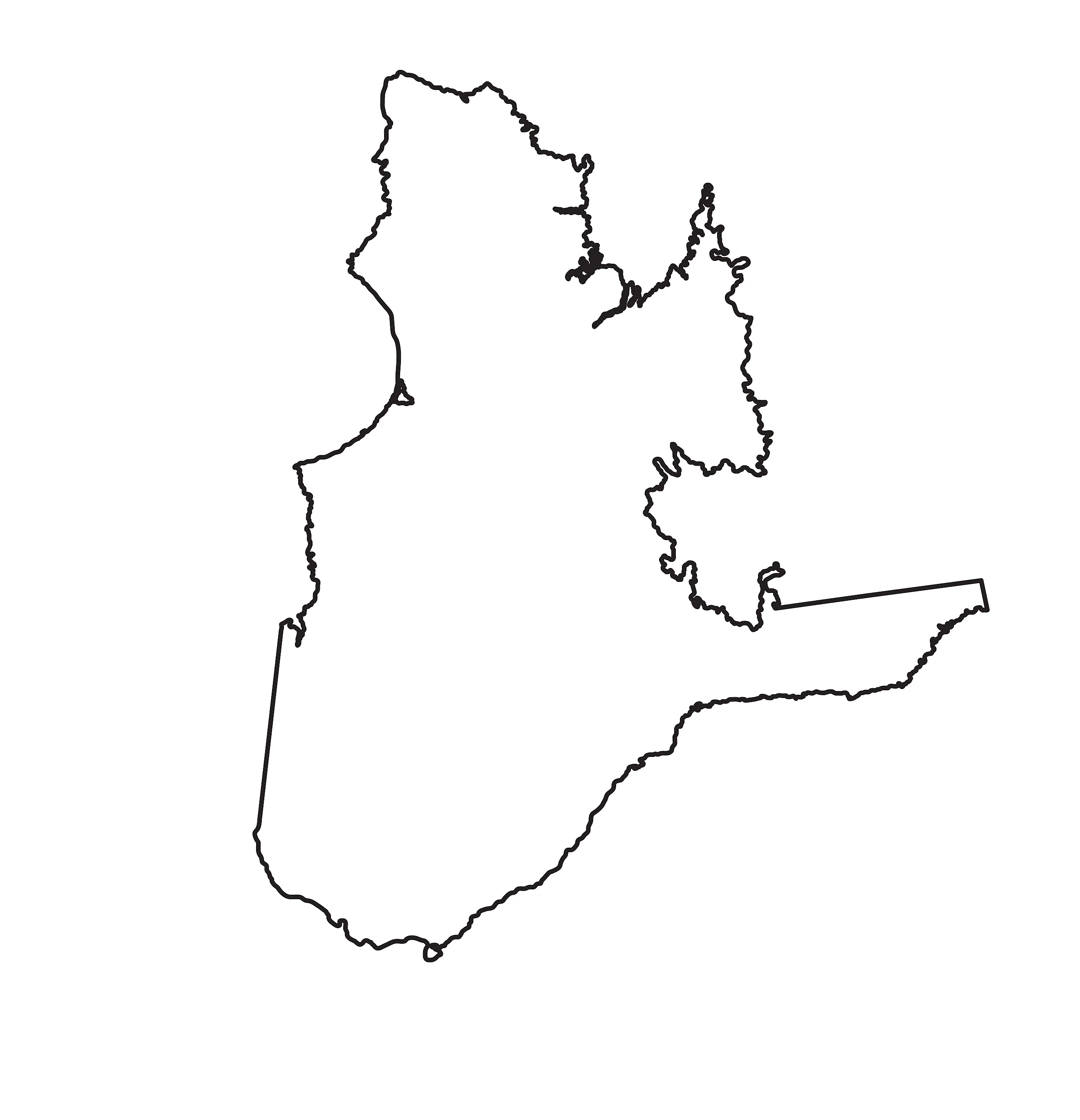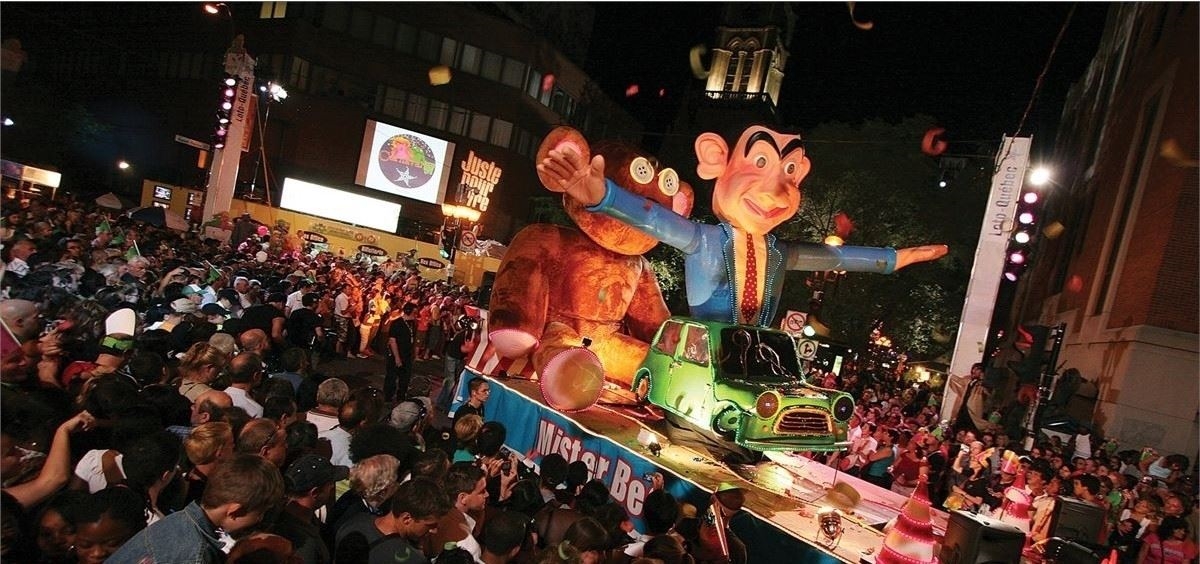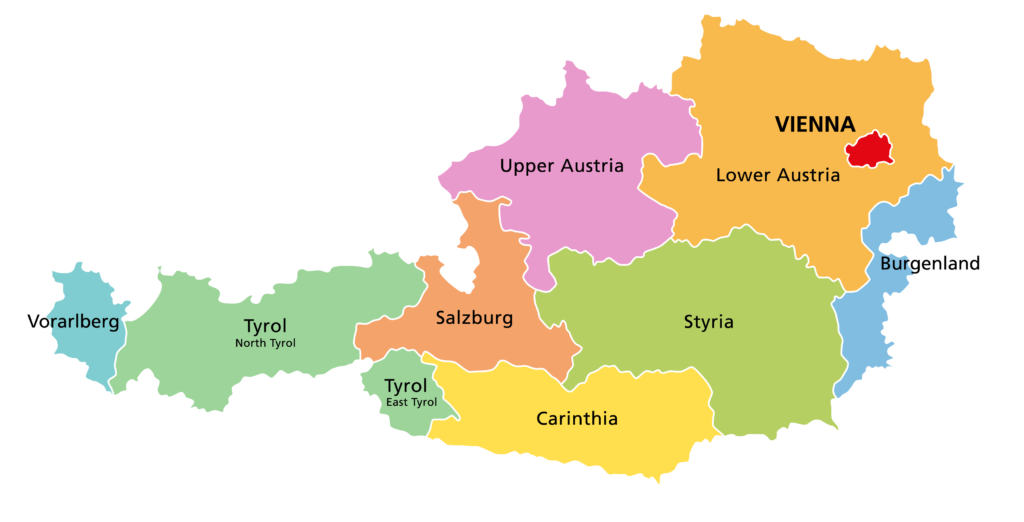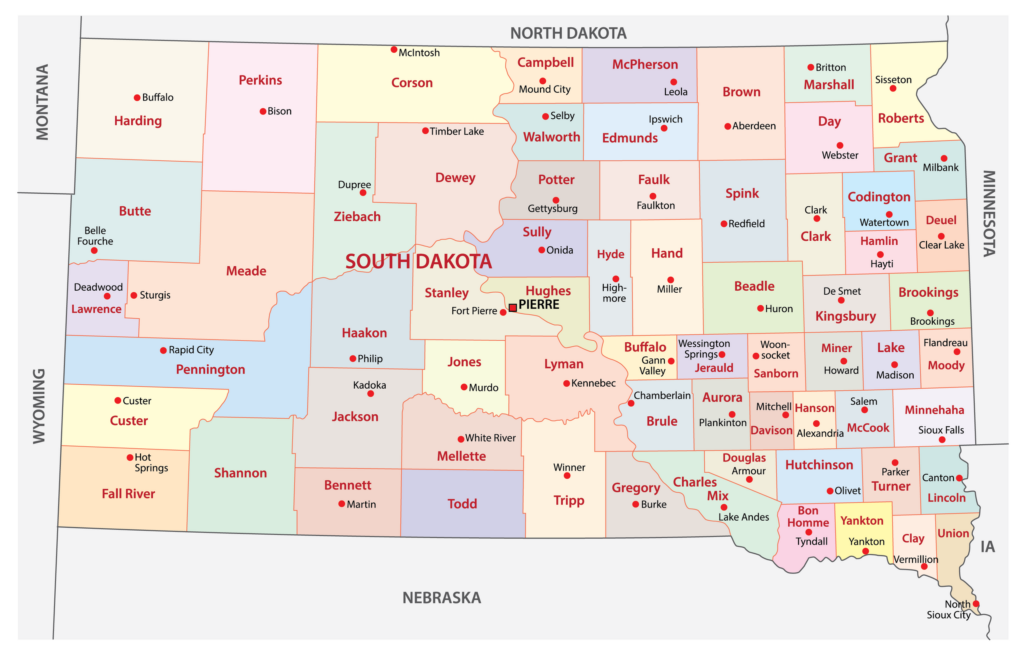Introduction
Quebec, the largest province in Canada by area and second-largest by population, is a region rich in history, culture, and natural beauty. Situated in eastern Canada, it is the only province with a predominantly French-speaking population, giving it a distinct identity. This guide provides a detailed overview of Quebec’s geography, history, economy, and culture, illustrated with maps and interesting facts to offer a comprehensive understanding of this unique province.
Geography
Location and Size
Quebec is located in eastern Canada, bordered by Ontario to the west, Newfoundland and Labrador to the north, and the United States to the south. It is Canada’s largest province by area, covering approximately 1.54 million square kilometers, making it larger than many countries, including France, Spain, and Germany combined.
Major Cities
- Montreal: Quebec’s largest city and economic hub, known for its vibrant arts scene, diverse culture, and historic architecture.
- Quebec City: The provincial capital, famous for its well-preserved colonial core, fortified city walls, and the iconic Château Frontenac.
- Laval: A major suburban city near Montreal, known for its technological and industrial sectors.
- Gatineau: Located across the Ottawa River from Ottawa, the capital of Canada, Gatineau is part of the National Capital Region and a center for federal government offices.
Physical Features
Quebec’s diverse landscape includes vast forests, rivers, and lakes, making it a paradise for outdoor enthusiasts.
- Laurentian Mountains: A range of ancient, heavily forested mountains in southern Quebec, popular for skiing and hiking.
- St. Lawrence River: One of the most important rivers in North America, running through Quebec and connecting the Great Lakes to the Atlantic Ocean.
- Hudson Bay: Northern Quebec’s extensive coastline along this large inland sea is remote and sparsely populated.
Climate
Quebec experiences a wide range of climates due to its vast size. The southern regions, including Montreal and Quebec City, have a humid continental climate with hot summers and cold, snowy winters. Northern Quebec has a subarctic to arctic climate, characterized by long, harsh winters and short, cool summers.
History
Indigenous Peoples
Before European contact, Quebec was inhabited by various Indigenous peoples, including the Algonquin, Iroquois, and Inuit. These groups had rich cultures and societies, with extensive trade networks and sophisticated political systems.
European Colonization
- 1534: French explorer Jacques Cartier claimed the region for France, marking the beginning of European interest in Quebec.
- 1608: Samuel de Champlain founded Quebec City, establishing the first permanent French settlement in North America.
British Conquest and Aftermath
- 1763: The Treaty of Paris ended the Seven Years’ War, and France ceded Quebec to Britain.
- 1774: The Quebec Act allowed French Canadians to maintain their language, religion, and legal system, which helped preserve Quebec’s distinct cultural identity.
Confederation and Modern Era
- 1867: Quebec became one of the four original provinces of Canada at Confederation.
- 1960s: The Quiet Revolution transformed Quebec’s society, leading to significant social, political, and economic changes.
- 1980 and 1995: Quebec held referendums on independence, both of which resulted in votes to remain part of Canada, though the latter was very close.
Economy
Key Industries
Quebec’s economy is diverse, with significant contributions from various sectors:
- Manufacturing: Quebec is a leader in aerospace, pharmaceuticals, and information technology.
- Hydroelectric Power: The province generates over 90% of its electricity from hydroelectric plants, making it a major exporter of clean energy.
- Mining: Quebec has substantial mineral resources, including gold, iron, and lithium.
- Forestry: With vast forested areas, Quebec is a major producer of paper, lumber, and other wood products.
Trade
Quebec’s strategic location along the St. Lawrence River facilitates trade, making the Port of Montreal one of the busiest in Canada. The province exports a variety of goods, including machinery, aluminum, and agricultural products, primarily to the United States and Europe.
Culture
Language
French is the official language of Quebec, spoken by the vast majority of the population. The province has strong language laws, including the Charter of the French Language (Bill 101), which promotes the use of French in public life.
Festivals and Events
- Montreal International Jazz Festival: One of the largest jazz festivals in the world, attracting artists and visitors from around the globe.
- Quebec Winter Carnival: A famous winter festival featuring ice sculptures, parades, and various winter activities.
- Just for Laughs Festival: An internationally renowned comedy festival held in Montreal.
Cuisine
Quebec’s cuisine reflects its French heritage and local ingredients. Notable dishes include:
- Poutine: A beloved Quebecois dish of fries topped with cheese curds and gravy.
- Tourtière: A traditional meat pie often served during the holidays.
- Maple Syrup: Quebec is the world’s largest producer of maple syrup, a key ingredient in many local recipes.
Arts and Literature
Quebec has a vibrant arts scene, with contributions to literature, music, theater, and visual arts. Notable figures include authors Gabrielle Roy and Michel Tremblay, and singer Céline Dion.
Fun and Interesting Facts
- Quebec’s official motto is “Je me souviens” (“I remember”), reflecting the province’s emphasis on preserving its heritage and culture.
- The province is home to the oldest university in Canada, Université Laval, founded in 1663.
- Quebec produces more than 70% of the world’s maple syrup.
- The Château Frontenac in Quebec City is one of the most photographed hotels in the world.
- Montreal is the second-largest French-speaking city in the world, after Paris.
Commonly Asked Questions
What is the main language spoken in Quebec?
French is the main language spoken in Quebec, and it is the only official language of the province.
Is Quebec part of Canada?
Yes, Quebec is one of the ten provinces of Canada.
What are the major cities in Quebec?
The major cities in Quebec include Montreal, Quebec City, Laval, and Gatineau.
What is the climate like in Quebec?
Quebec has a varied climate: southern regions have a humid continental climate with hot summers and cold winters, while northern areas have a subarctic to arctic climate.
What are some traditional Quebecois dishes?
Some traditional Quebecois dishes include poutine, tourtière, and dishes made with maple syrup.
How significant is the hydroelectric power industry in Quebec?
Hydroelectric power is extremely significant in Quebec, generating over 90% of the province’s electricity and making it a major exporter of clean energy.
What is the population of Quebec?
As of the latest data, Quebec has a population of approximately 8.5 million people.
What are some notable festivals in Quebec?
Notable festivals in Quebec include the Montreal International Jazz Festival, Quebec Winter Carnival, and the Just for Laughs Festival.
When did Quebec join Canada?
Quebec became one of the original provinces of Canada at Confederation on July 1, 1867.
What is Quebec’s role in the global maple syrup market?
Quebec is the world’s largest producer of maple syrup, accounting for more than 70% of global production.
Conclusion
Quebec is a unique province with a rich cultural heritage, diverse economy, and stunning natural landscapes. From its French-speaking population to its vibrant festivals and significant contributions to industries such as hydroelectric power and aerospace, Quebec offers a distinctive experience within Canada. Whether exploring its historical sites, enjoying its culinary delights, or participating in its lively cultural events, there is much to discover and appreciate in Quebec.
- Kenya Maps & Facts - June 24, 2024
- West Virginia Maps & Facts - June 24, 2024
- Maps Of Saudi Arabia - June 20, 2024





